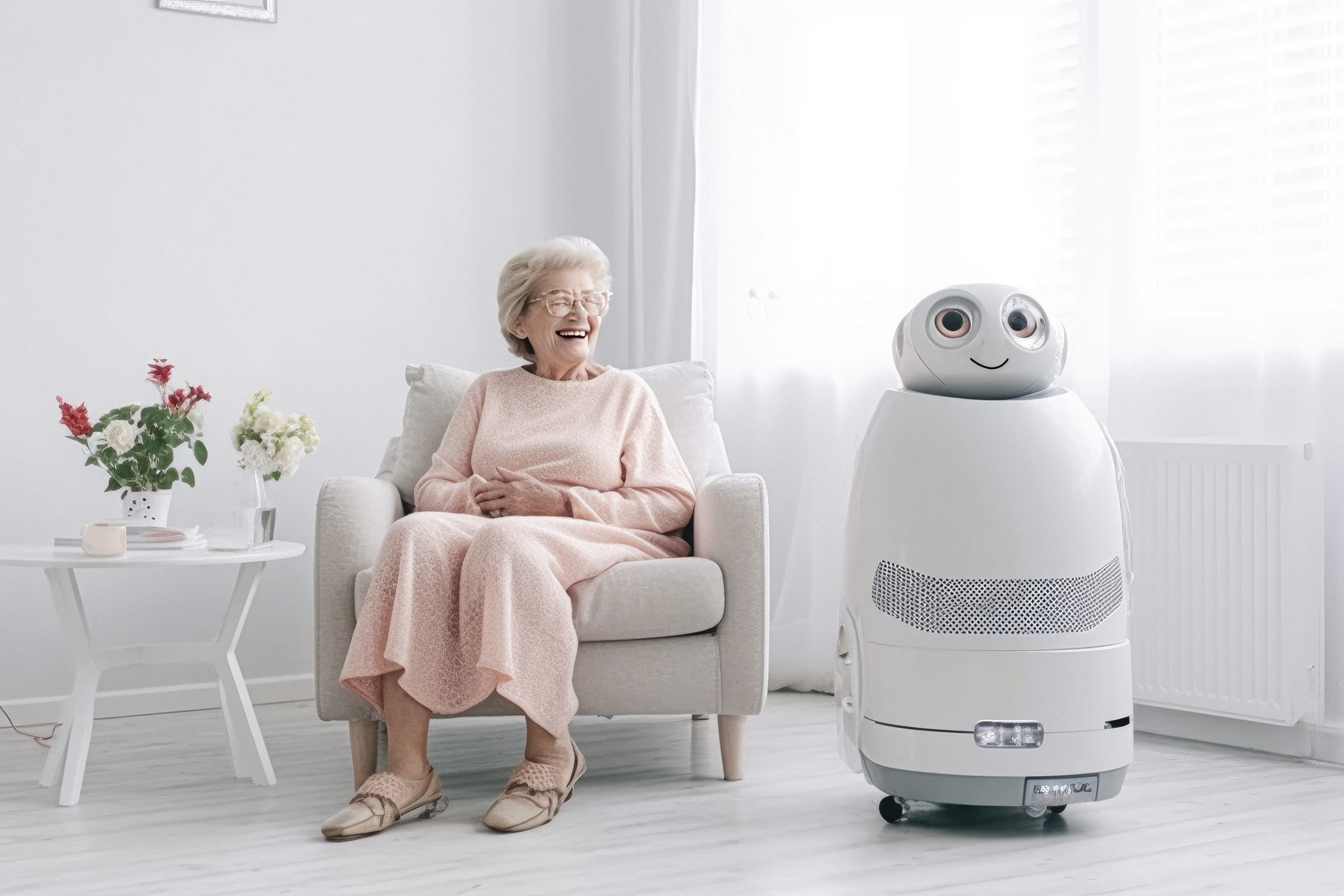The plethora of information generated through the use of artificial intelligence, or “AI,” seems to inundate those of us in healthcare, including long-term care. AI, according to IBM, “…is a field, which combines computer science and robust datasets, to enable problem-solving. It also encompasses sub-fields of machine learning and deep learning, which are frequently mentioned in conjunction with artificial intelligence. These disciplines are comprised of AI algorithms which seek to create expert systems which make predictions or classifications based on input data…”1
Indeed, AI’s use is rapidly expanding in healthcare. If it has not already affected your facility, it will soon. As a New England Journal of Medicine’s (“NEJM”) editorial from early in 2023 noted, with respect to AI, “…medicine stands out as one [field] in which there is tremendous potential along with equally substantial challenges.”2 Realizing the incredible interest drawn by AI, NEJM is creating a new series, “AI in Medicine” and is launching a new journal, NEJM AI, in 2024. The journal aims to provide a platform for corroboration and sharing of resource material concerning medical-related AI data. Likewise, the Journal of the American Medical Association (“JAMA”) has established JAMA Network, a website featuring publications pertaining to AI in medicine.3
A U.S. Government Accountability Office (“GAO”) Report noted that AI tools have application that could significantly improve care. The GAO report highlighted AI medical use-related benefits such as to “predict health trajectories, recommend treatments, automate administrative tasks, earlier detection of diseases, monitor patients, guide surgical care, record digital notes,” plus more.4
AI combined with usual healthcare has the potential to augment care quality, for example, by helping providers manage medical treatments, test results, evaluate radiographs, and monitor health.2,4 There are even care robots (operating via AI) in development that have the potential to interact with older adults to improve “both the care of older adults and the work life of their professional caregivers.”5 However, more research is needed to establish the benefits of robots used in this way.
As promising as the various AI applications appear to be, valid concerns about AI’s use in healthcare/medicine remain. For example, the World Health Organization (“WHO”) is “calling for caution to be exercised in using artificial intelligence (‘AI’) generated large language model tools (‘LLMs’) to protect and promote human well-being, human safety, and autonomy, and preserve public health.”6 The WHO’s concerns also “call for rigorous oversight needed for the technologies to be used in safe, effective, and ethical ways…”
Clearly, AI is evolving to be a central, technological force with countless opportunities for health and long-term care applications with huge potential. But, as the WHO forewarns, AI’s development needs oversight. It remains to be seen if AI will improve healthcare workers’ efficiency and allow providers to spend more quality time focusing on human interactions with patients— something that AI has yet to achieve.

